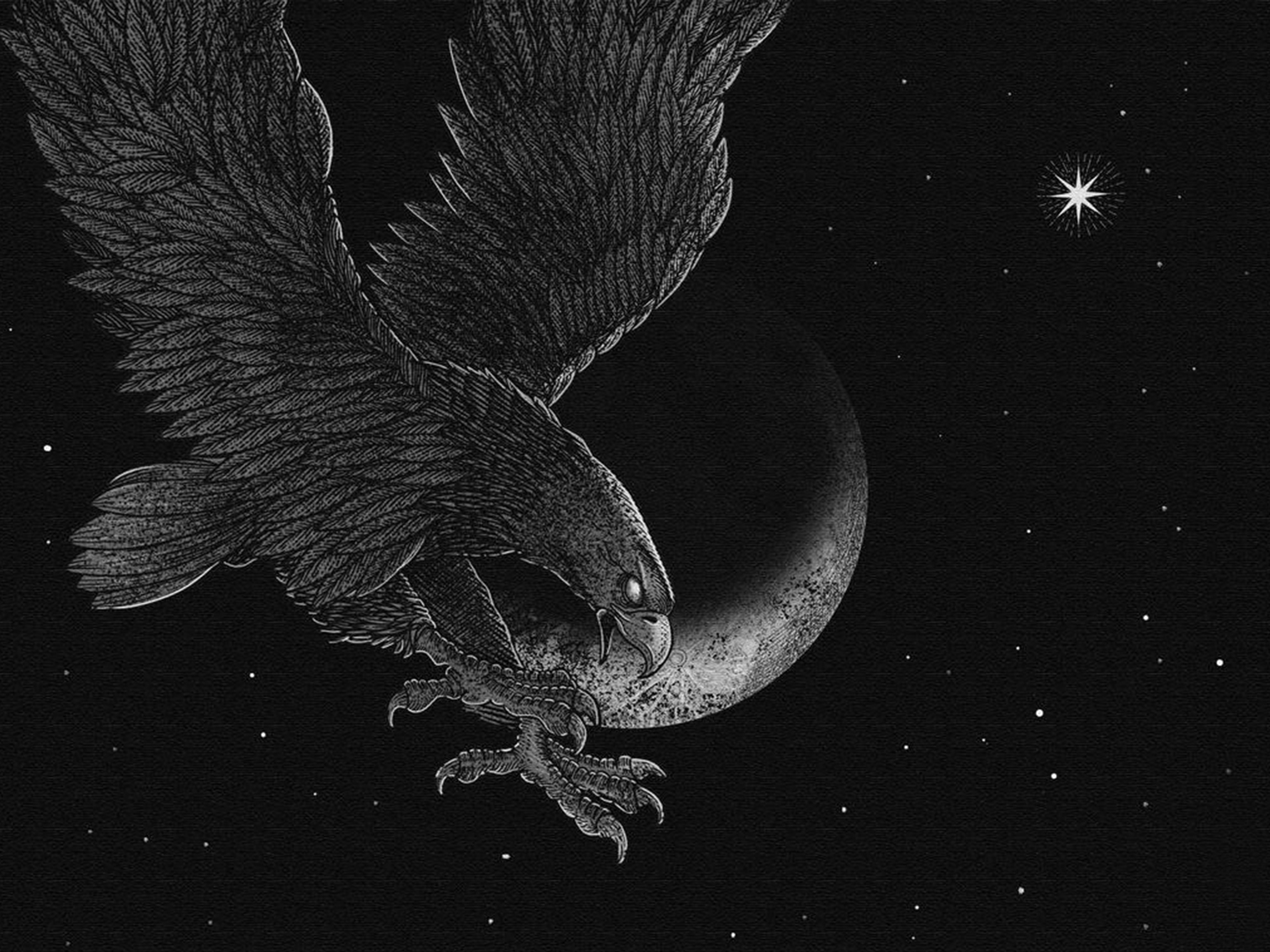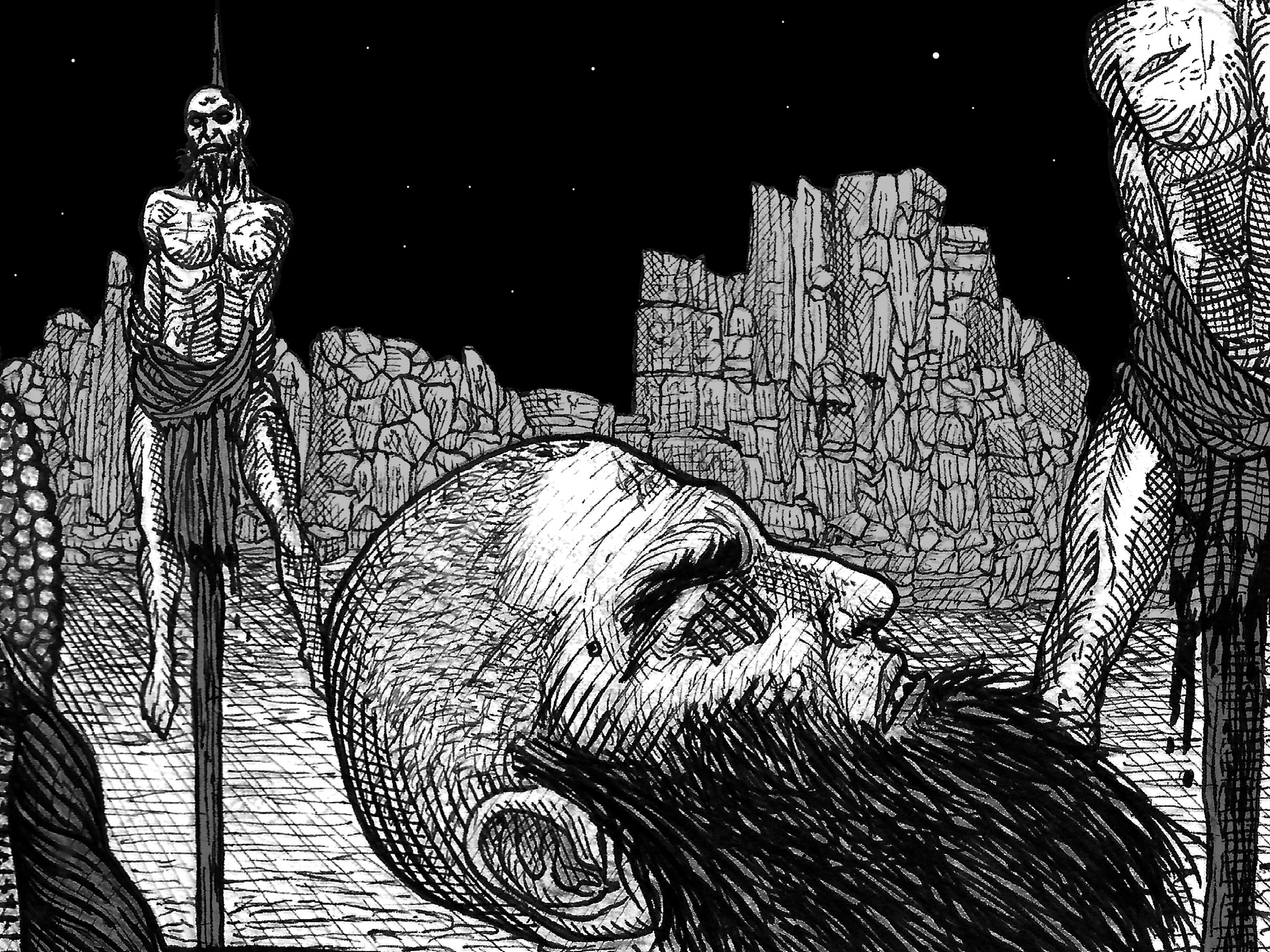Azakr, The Celestial Sentinel
(2024)
In Amazigh (Berber) mythology, Azakr (also spelled Azaqqar or Azaqar) is an ancient cosmic bull, a colossal figure believed to hold the celestial vault (the sky) on its massive horns. This concept reflects the Amazigh people's deep connection to nature and the universe, and their understanding of the cosmic balance between the heavens and the earth.
Azakr is depicted as a powerful bull that bears the weight of the sky on its horns. According to the myth, the cosmic balance relies on the stability of Azakr. If Azakr were to shift or tremble, the sky would shake, and this could have catastrophic consequences on earth. This notion symbolizes the fragility of the natural order and highlights how crucial balance and harmony are in the universe.
In Amazigh mythology, the cosmos is intricately linked with natural elements, and the bull, as a symbol of strength and fertility, represents the ability to bear this heavy cosmic responsibility. The imagery of a bull carrying the sky connects the physical world with the divine, emphasizing the Amazigh belief that nature and the cosmos are interconnected.
Azakr's mythology mirrors the concept of similar cosmic creatures in other ancient cultures. For instance, in Greek mythology, Atlas, a Titan, carries the sky on his shoulders. In Hindu mythology, there is the concept of Kurma, a cosmic tortoise that supports the earth on its back, and Shesha, a giant serpent that upholds the universe. These stories, though culturally distinct, all share the theme of cosmic balance maintained by a colossal figure.
His role in maintaining cosmic order is central in the Amazigh worldview, reflecting the respect and reverence for natural forces. This myth emphasizes the Amazigh people's belief in the cyclical nature of the cosmos, where the harmony between earth and sky is maintained through the efforts of powerful, divine beings.
There is a cyclical understanding in some interpretations of the myth, where Azakr may occasionally shift or move its head, causing earthquakes or celestial disturbances. This reflects a natural cycle of balance and chaos, a common theme in ancient mythologies, where stability is never permanent and must always be restored. The sky bull’s actions reflect the natural phenomena like earthquakes or changes in the cosmos.
This character is part of a larger framework of Amazigh cosmology, where celestial bodies like the sun, moon, and stars are imbued with divine qualities. The Amazigh people believed that natural phenomena had a supernatural cause, with deities or cosmic creatures like Azakr playing a pivotal role in the functioning of the universe. The stars, seen as part of the celestial vault, are believed to be resting on Azakr’s horns, linking the myth of the cosmic bull with the night sky.
For the Amazigh, cattle and bulls are essential symbols of wealth, power, and fertility. By elevating the bull to a cosmic level, the mythology emphasizes the vital role these animals play in sustaining both life on earth and the divine order of the heavens. The cosmic bull represents endurance, strength, and the unseen forces that support the visible world.
The myth continues to be a part of the oral traditions among the Amazigh people, particularly in the rural and mountainous regions where oral storytelling has preserved these ancient beliefs.




















